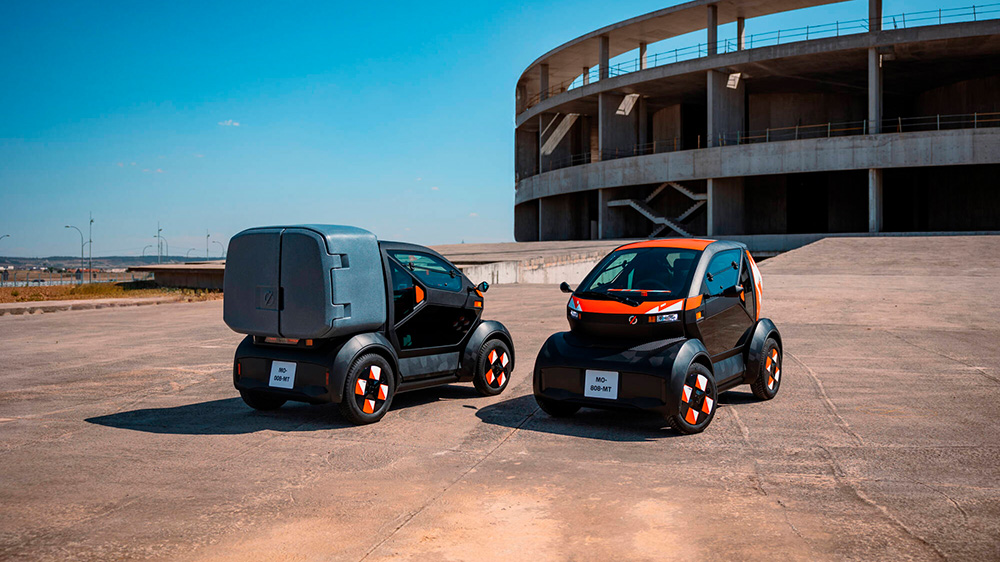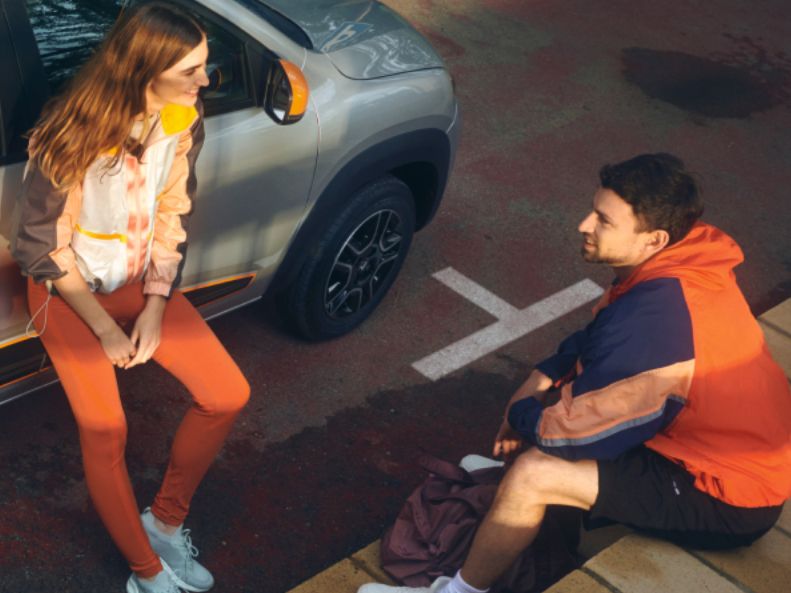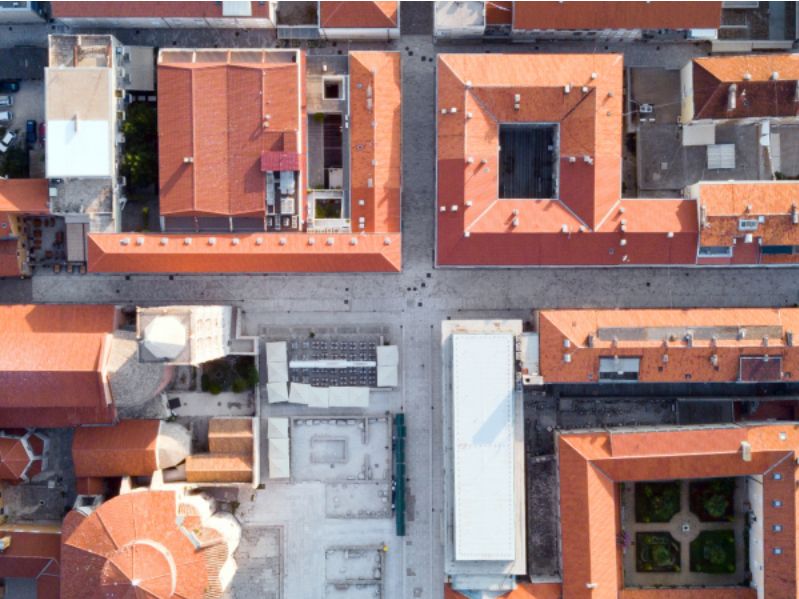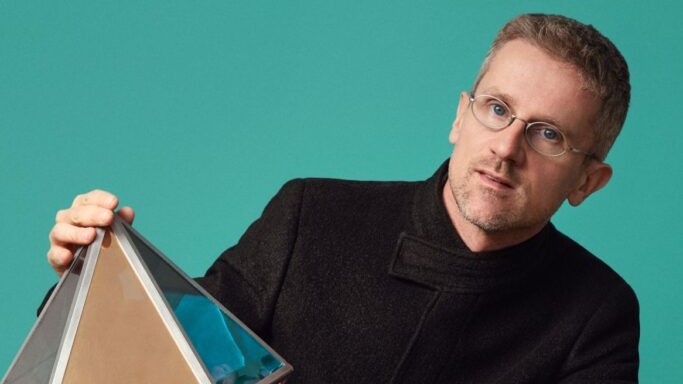Could you explain what a ‘senseable city’ is?
We live in a fascinating age in which technology is present in everything. This has a direct impact on the way we design, live in, and understand cities, particularly with regards to the convergence of the physical and the digital. The most obvious example is in the evolution of the Internet, which has metamorphosed into an Internet of Things. This metamorphosis has ended up making cities “intelligent”—they’ve become ‘smart cities’. That’s a term I don’t really like to use, as it puts technology at the heart of the whole definition and concept. I prefer to use a more human term that priorities peoples’ needs: ‘senseable cities’. In this conception, the most important consideration is how to anticipate and fulfill the needs of the people who live in a given city. The city thus becomes a sensitive city, in which the optimisation of urban spaces can only be carried out by taking social considerations into account from the very start.
What role should technology play in the future of cities?
In 1966, the architect Cedric Price asked the following question, which I think is very apt: “Technology is the answer, but what was the question?” This question was as important at the time he asked it as it is today. That’s why it’s interesting to approach it through the lens of ‘senseable cities’. Technology certainly can help us live better, but how do we use it in a more responsible way? How can it be used to meet the greatest challenges of this century, from climate change to discrimination? Technology is a tool, but it has to coexist with big societal issues. For example, technology could be used in policy to start conversations about the kind of future we want in cities.
So you’re talking about a vision for the future in which the people co-create the city.
Absolutely! It’s important to have their input, and to constantly ask for their opinion on the kind of city that they want to see in the future.
How do you create a smart city that’s capable of adapting to and interacting with its inhabitants?
It’s already happening today with the Internet of Things. Thanks to sensors, for example, buildings are starting to respond to us, almost as if they’re living things. You’ll note that designers and architects are always thinking about how to render our surroundings more intelligent and organic so we can better communicate with them. We’re very involved in these kinds of considerations. We developed the “Dynamic Street”, an experimental project created in partnership with Toronto SideWalk Labs. We created a modular street that could be reconfigured according to footfall, time of day, and use. To make cities truly interactive, we have to continue with more of these kinds of city experiments in partnership with startups and residents.
We’re witnessing a surge in civic smartphone apps. Is this another way to create ‘senseable’ cities?
Apps like these create new possibilities, new habits, a new kind of language. I think the key thing is to get feedback—which is a word that’s really key in the creation of ‘senseable’ cities. I actually think that ‘feedback’ is the defining word in the creation of the smart city. In this field of work, we have to draw inspiration from nature’s ability to rapidly integrate feedback. Technology needs to be able to collect citizen feedback just as quickly and use it as a principal element in the evolution of cities.
Concretely speaking, how do you move from the current model of cities to a ‘senseable’ one?
It’s a question of democratic education. And all education is based on participation. Cities have to keep their citizens involved and allow them to take part in debates. In Latin, there are two words used to describe cities: ‘urbs’, or the physical city, and ‘civitas’, or its citizens. We have to return to this model in order to bring equilibrium back to cities—and we have to do it via the people.
Speaking of citizen contributions, your “Paris Navigating Gym” is a boat powered by exercise. Could human energy be harnessed to power the cities of the future?
I don’t think so. The goal of that project was to show people the importance of their own energy. This was a major undertaking from an education standpoint, as it got people thinking about the efficiency of the human body, and of the energy it produces and uses. But in a day, the ‘human machine’ uses less energy than a computer does.
This energy mostly serves a vital function: it makes the body work and keeps it alive. However, some of that unused energy can be collected, transformed, and used to power outside objects, as here in the case of the boat. But scaled to the size of a city, you’d need a lot more people than the city could possibly hold in order to power it with human energy.
That said, it’s true that we use human energy every day in soft mobility. You see it already with walking and cycling. But that tends to evolve. With bicycles, for example, human energy is being combined more and more with a new source of energy (electric) in order to help save some of the former. It’s hybrid energy. The convergence of the natural and the artificial.
What kinds of mobility systems do you envision in the near future?
I imagine multiple systems interwoven together. Today, thanks to smartphones, we already have access to so much information and choice around mobility. The future lies in these growing options. And I think we’re just at the beginning. We need to be conscious of the fact that there’s a powerful dynamic at work here: behind every choice of transport, there’s a person and a way of getting around. Which over time will create an infinite number of combinations that will be centralised in all the multimodal transport apps out there.
Digital services are growing, bringing with them fresh, new debates about pollution. Do you think technology is an ally or enemy of the decarbonisation of cities?
We know that information and communication technologies use up energy. The question we need to ask ourselves is: how are we using it? We can waste energy by using technology to post Instagram photos—or instead, we can use it to reduce traffic jams in cities… The optimisation that technology allows for can help reduce carbon emissions, even if it’s partially responsible for them.
What does your dream smart city look like?
To paraphrase the great architect Yona Friedman, I’d say it’s a city created “with the people, by the people, and for the people.” Everything starts with people. Also, I’d say architects and designers have to strive for greater convergence between the natural and the artificial, and find a way for these two worlds to work together in a more efficient way.
Interview by Vincent Thobel, L’ADN journalist
L’ADN is the media on innovation that every day analyses the best concepts of the new economy on the web and in magazine format.
Copyrights: Sara Magni, David Pike, CRA






